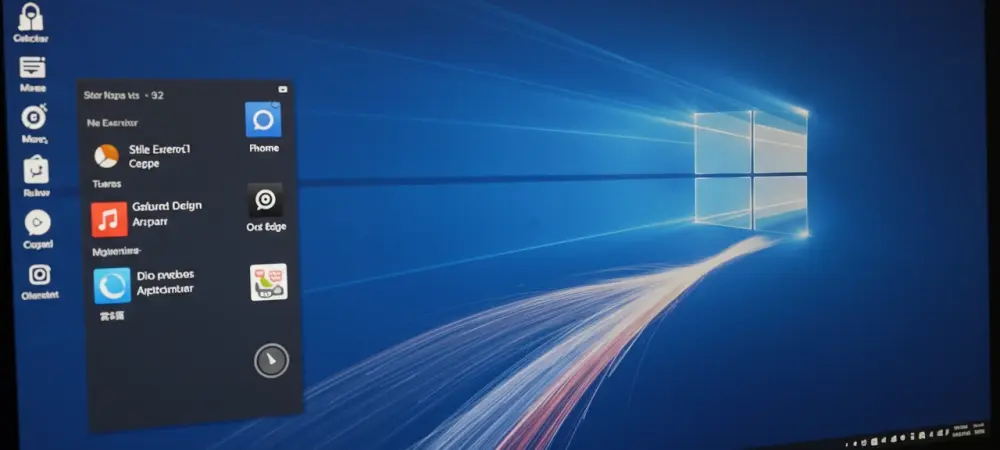Unveiling a perplexing issue for many, Microsoft’s recent KB5060829 update for Windows 11 has caused unexpected error messages concerning Windows Firewall With Advanced Security. This update, released as a non-security preview for Windows 11 24##, introduces error logs that leave users baffled, especially those appearing in the Event Viewer. Labeled as “Config Read Failed,” these logs have sparked concern among users who fear potential malfunctions or security breaches. However, Microsoft has clarified that these logs do not signal any actual issues with the Windows Firewall’s functionality. The error, identified as event 2042, casts doubt each time the system restarts, yet, interestingly, it does not affect any operating processes. The relatively benign nature of these error logs links them to a feature still in developmental stages, explaining their premature appearance without functionality impact.
Understanding the Root Cause
The catalyst for these confusing error messages lies in a feature within Windows 11 that remains under development. The feedback gathered from the error logs is part of this evolving phase, ultimately meant to enhance system performance and security once fully implemented. Users encountering event 2042 should note that the actual number affected remains minimal because the KB5060829 update requires manual installation. Consequently, many users may not experience or even notice these subtle logs, which reside predominantly in the Event Viewer. For those who have detected the anomaly, it is vital to understand that Microsoft has openly acknowledged the oversight. The company has reassured users that while these logs may appear alarming, they are not indicative of immediate threats or malfunctions but rather a natural byproduct of ongoing innovation and refinement within the operating system.
Addressing the Broader Implications
Microsoft’s recent challenges with error logs in their KB5060829 update emphasize the inherent difficulties in managing software updates. These glitches, seen in Windows 11 updates, underscore a common pattern where minor issues recurrently arise, despite assurances from the company. While users generally trust official reassurances, unexpected post-update messages can understandably raise concerns about software stability and security. Microsoft is proactively working on a fix, yet specific details regarding a resolution timeline remain unspecified. This situation highlights the delicate balance developers must strike between pursuing innovation and maintaining platform reliability. Navigating these updates requires users to stay informed, ready to address potential unintended issues with further updates or patches. Understanding the complex nature of software updates is crucial for maneuvering through today’s digital landscape. Microsoft’s response to these challenges reassures users of their commitment to resolving issues promptly. This scenario underscores the dynamic evolution of operating systems like Windows 11 and how advancements are structured to enhance security and functionality while aiming for seamless user experiences.

